This World Oceans Day, join the U.S. Department of Energy’s Water Power Technologies Office in celebrating the many people who are advancing ocean energy technologies.
Water Power Technologies Office
June 7, 2024In recognition of World Oceans Day on June 8 and National Ocean Month throughout June, the U.S. Department of Energy’s Water Power Technologies Office (WPTO) is revisiting several of its Ripple Effect profiles focused on both protecting the ocean and harnessing its power. This profile series highlights the keen minds behind some of the most critical advances in water power technologies, including budding marine energy devices, which can generate renewable energy from waves, tides, and ocean and river currents.
This compilation features a soon-to-be data scientist, scuba diver, squid lover, and more. Read on to learn how their ripples could help protect the planet or inspire others to make their own waves.
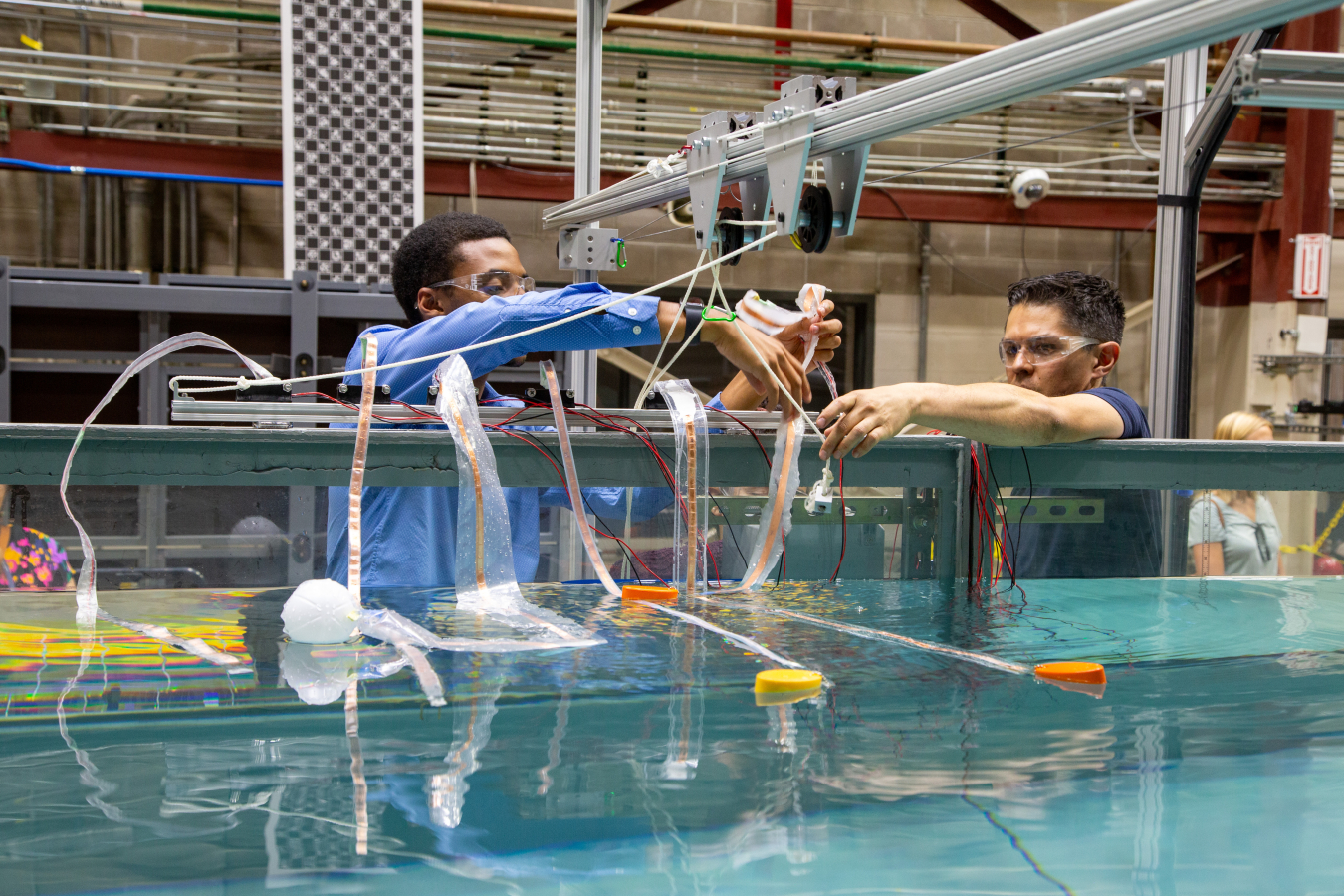
Why Andrew Simms Rejected the Stock Market for a Career in Marine Energy
“There’s an immense amount of energy in ocean waves and currents,” said Andrew Simms, a data science researcher. “All we have to do is find a way to extract that energy.” In his profile, Simms shared why he left finance for renewable energy and how he’s helping developers harness all that ocean power by collecting and analyzing huge datasets on the big blue.
Why Chinmayee Subban Chose Water Power Over Mushrooms and Guinea Pigs
Chinmayee Subban knows the ocean is too valuable to ignore. In her profile, she shared how she’s helping design ocean energy technologies that can help keep coastal ecosystems healthy, produce clean drinking water, remove carbon dioxide, or mine minerals from seawater.
Patrick O’Byrne Has Seen (and Fixed!) Generators at Almost Every Kind of Power Plant but for Now Has a Home in Tidal Energy
Patrick O’Byrne has repaired generators in almost every type of power plant. But, during childhood vacations on Cape Cod, he fell in love with “the ocean and wild systems,” as he puts it. So, it’s no surprise that he ended up working in ocean energy as an adult. “It is possible to have a renewable-energy-powered grid,” O’Byrne said. “We just need to figure out what that looks like.”
How the Lorax and the Hawaiian Bobtail Squid Led Nina Joffe to Water Power
In graduate school, Nina Joffe fell in love with a squid—the crimson-freckled Hawaiian bobtail squid, to be exact. When she learned that ocean acidification was destroying not only coral reefs but also the microscopic inhabitants her beloved squid depended on, Joffe knew she wanted to find tangible solutions to help. One solution? Marine energy. In her profile, Joffe shared how marine energy technologies could help protect fragile ocean ecosystems.
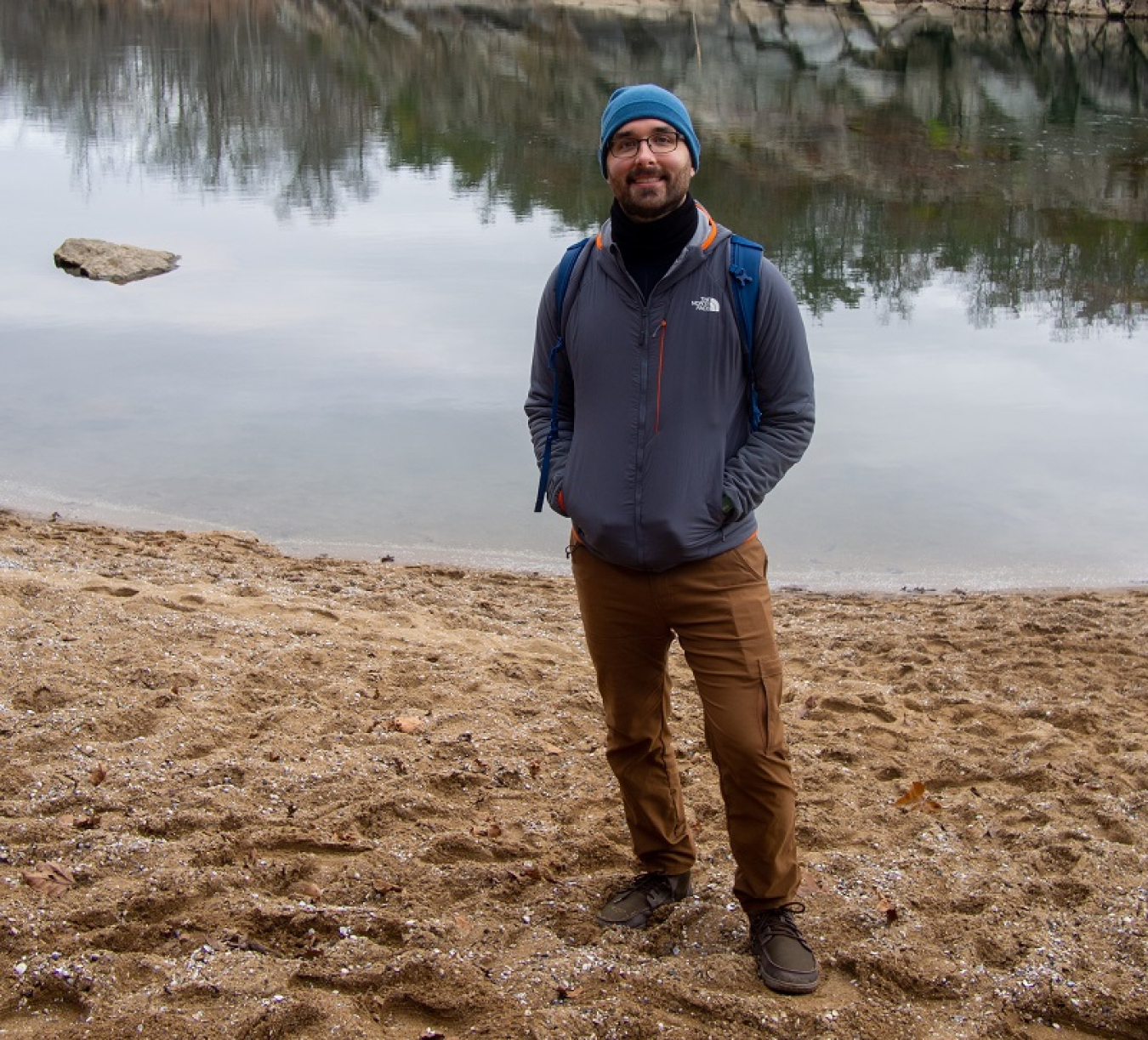
How Jake Herb’s Rural Childhood Sparked a Career in Clean Energy
In high school, Jake Herb realized the planet already offered solutions to one of the planet’s biggest problems: climate change. Take the ocean: It carries an incredible amount of energy that could help countries reach their decarbonization goals. But, Herb wondered, “What happens after technologies are built? How do they get out into the world?” In his profile, Herb shared how he plans to help valuable tech get adopted and why insects led him to science.
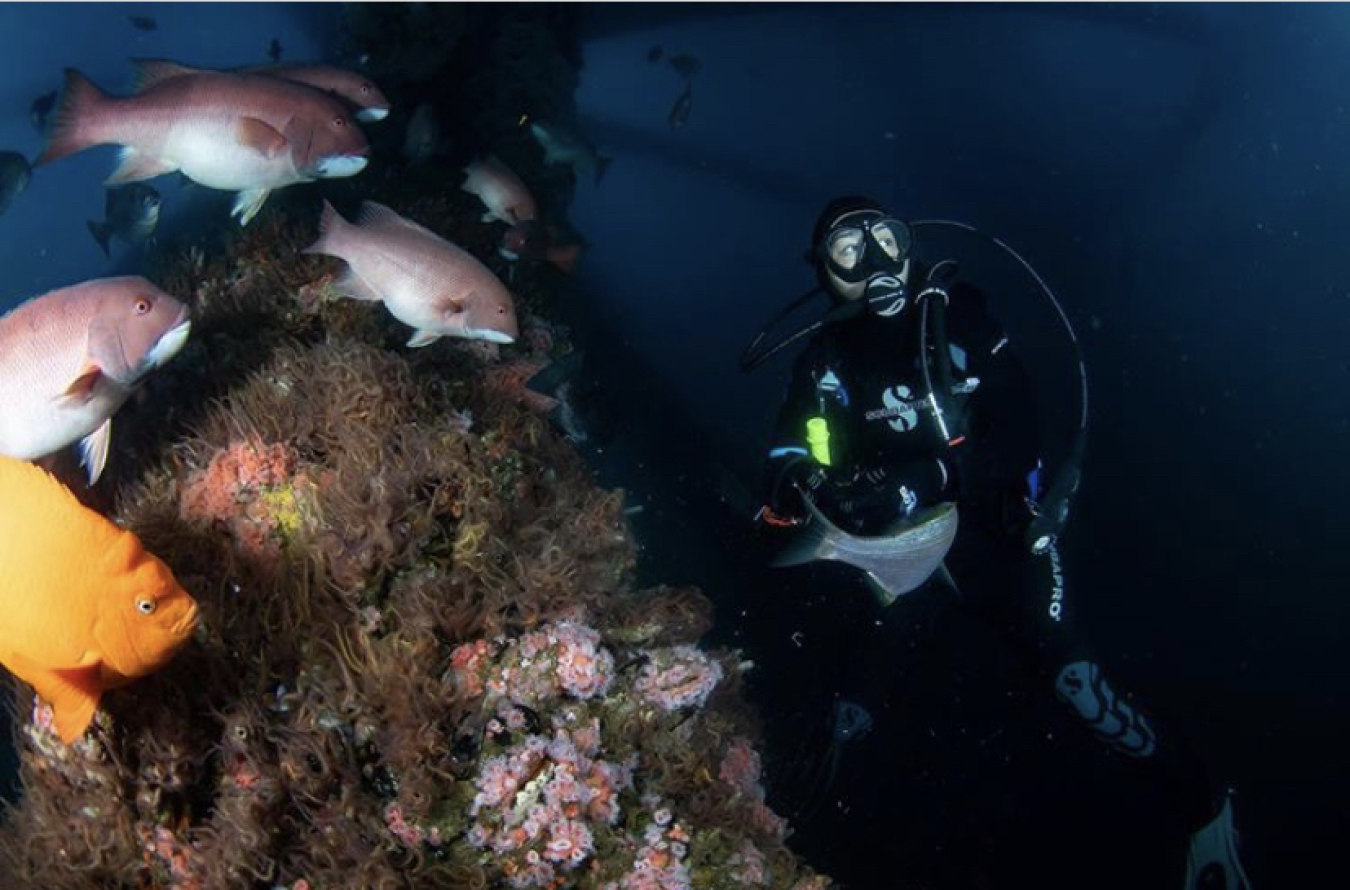
Claire Gonzales and Scuba Diving Into Ocean-Powered Fisheries
Scuba diving deep in the waters off the California coast, Claire Gonzales spotted something that changed her career: a rock wall coated in strawberry anemones, little pink tentacled creatures wriggling in the current. “It just blew my mind,” Gonzales said. She also shared how she pursued a career in marine science and why she thinks offshore fish farms may be more important now than ever before.
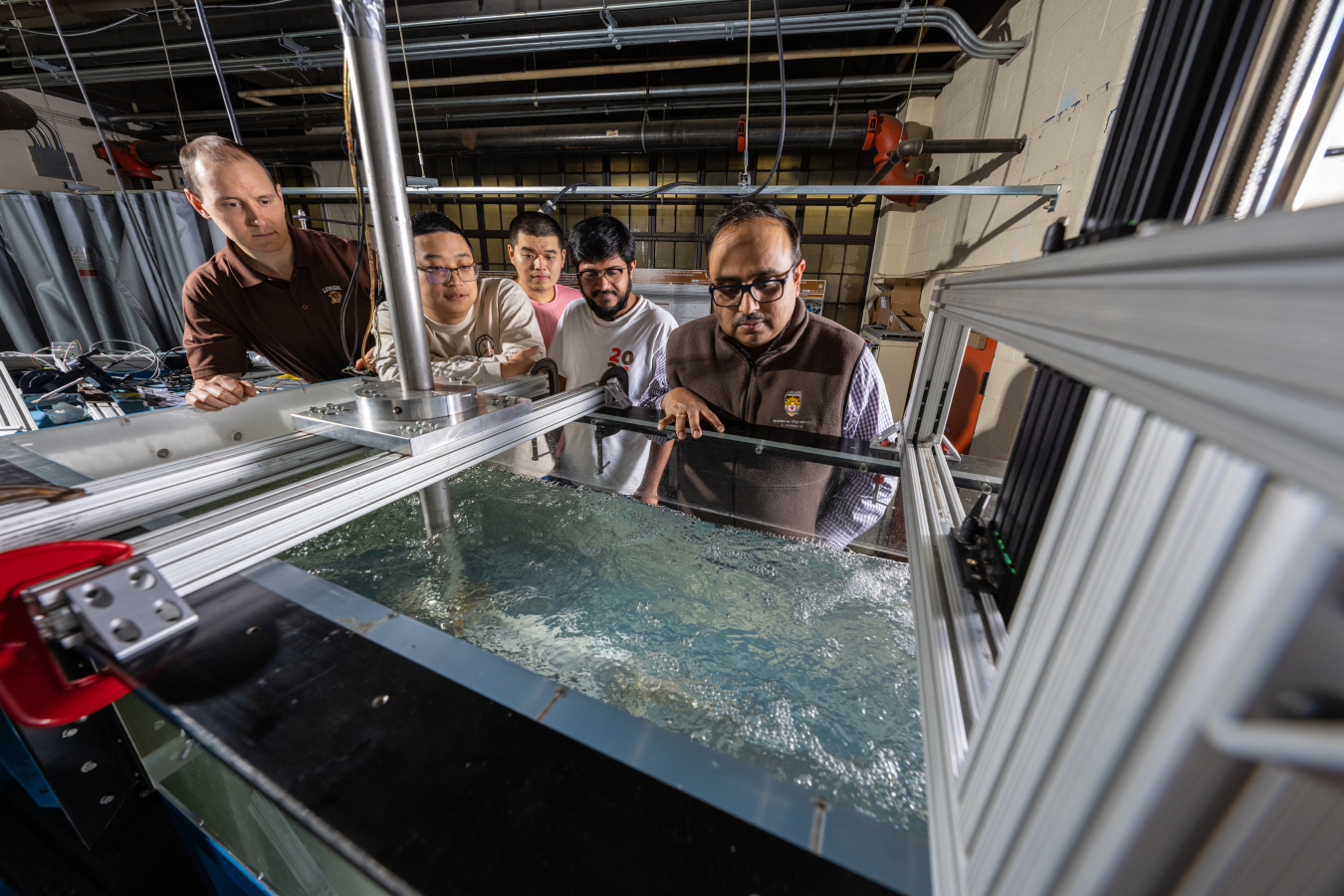
Christopher Ruhl and How Football Led to a Passion for Engineering Tidal Energy
Christopher Ruhl found engineering on the football field. But today, it’s not rambunctious tackles or tactics but another kind of turbulence that excites him most. He studies how watery turmoil can impact tidal turbines. Ruhl shared why this work could help tidal turbines achieve commercial success.
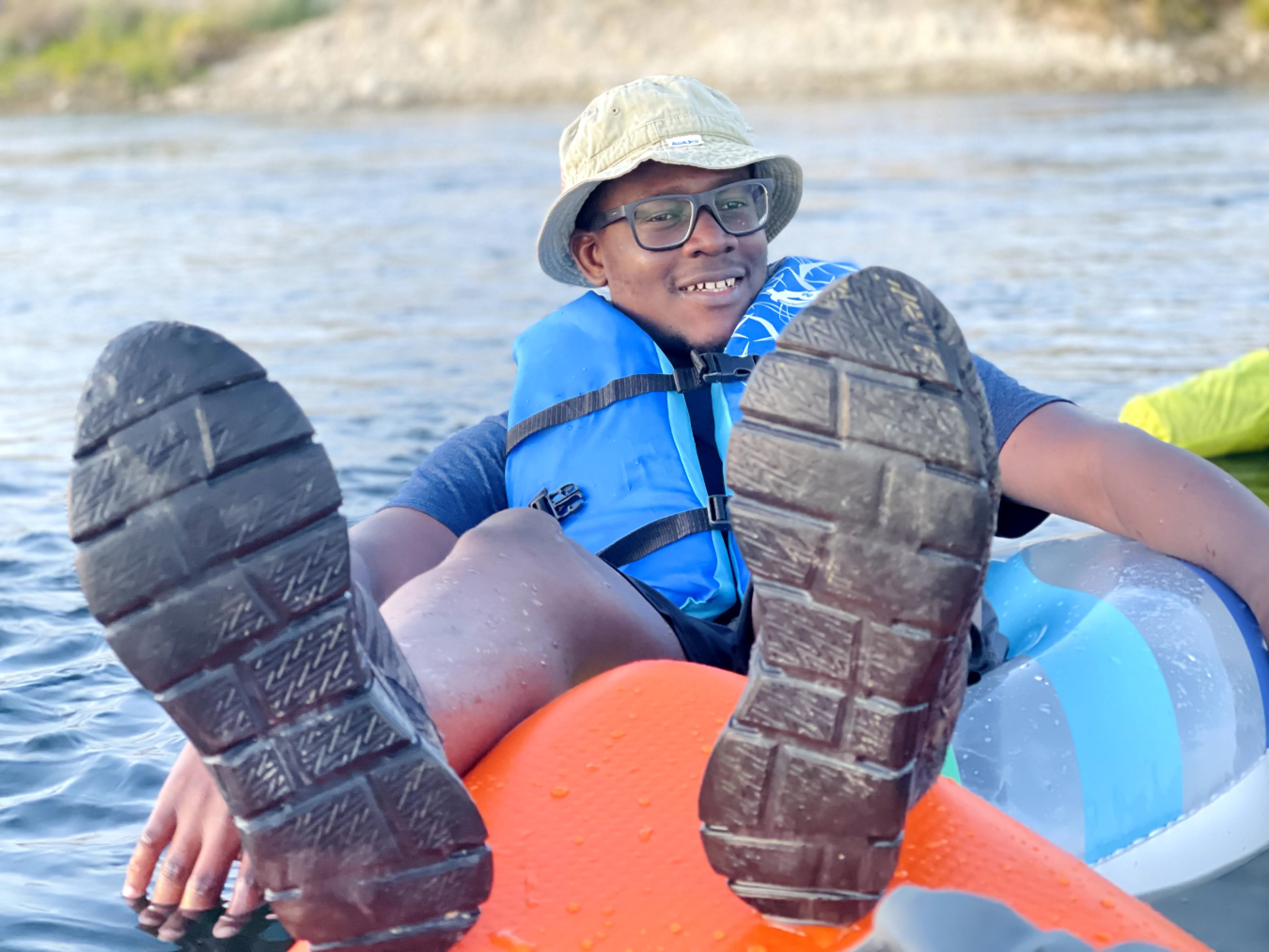
From Milk-Can Cars to Underwater Vehicles, Habilou Ouro-Koura Is Harnessing Power
Deep in the ocean, metal, robotic divers swim alongside whales, jellyfish, and clownfish. Many of these underwater drones are there to study and protect marine wildlife and ecosystems. And Habilou Ouro-Koura has worked to help make these machines even more environmentally friendly by powering them with marine energy. In his profile, Ouro-Koura shared how his engineering career started with broken milk-can cars and why he’s optimistic about the future of renewable energy.
Catch up on WPTO's other Ripple Effect profiles and the Office of Energy Efficiency and Renewable Energy's Clean Energy Champions.
And stay in the know with WPTO! Receive the latest information on funding opportunities, events, and other news by subscribing to the Water Column newsletter, as well as the comprehensive Water Wire newsletter.

